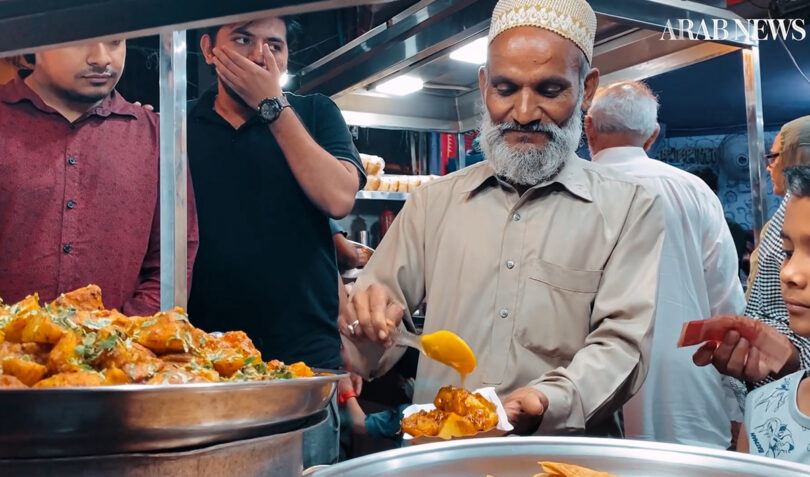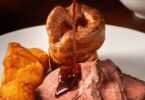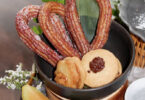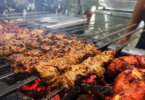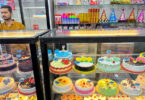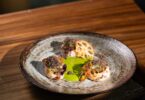Naimat Khan
KARACHI: As Karachi’s Paper Market lights up in the evening, residents from different neighborhoods of the city get to experience the taste of Bohra food during the holy month of Ramadan. The decades-old, unique recipes not only attract locals but also visitors from the Middle East who enjoy Bohra cuisine due to its mild spices.
Pakistan is home to over 35,000 members of the Dawoodi Bohra community, a Shiite Muslim sect. Many of them set up the Bohra Food Street right in the middle of the Paper Market during the holy month to serve residents of the southern port city between the iftar and sehri meals.
The food street comes to life from the first of Ramadan and continues until the end of the month, featuring both Bohra and non-Bohra vendors. The items available are also a mix of Bohra cuisine and other varieties of local snacks such as gol gappas, chaat, and soups etc.
However, the major attraction of the street remains the unique cuisine specifically made in Bohra households. Some of the notable dishes include malpura, a local variant of pancake, Bohra alu kachori, and sweet samosas, among others.
“People from abroad come to eat here and also take our food back home to Dubai, the United States, and other countries,” one of the vendors, who identified himself only as Saifuddin, told Arab News. “Arabs also like it because there are fewer spices [in our food].”
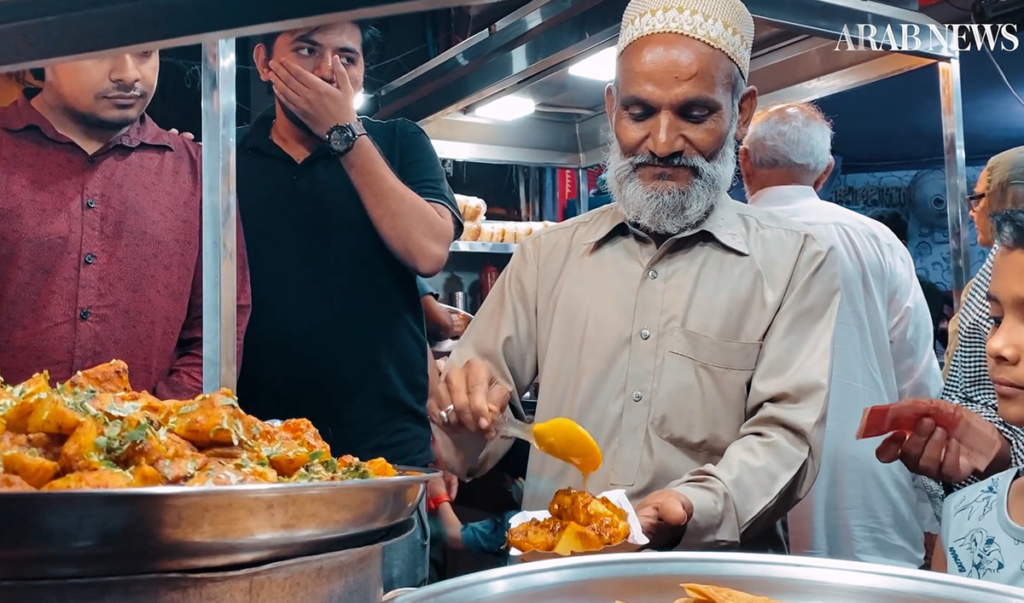
Saifuddin, who sells malpura, set up the stall in 1980 when there were only a couple of vendors in the street. Over time, the number of vendors increased to more than a dozen, and now the market has a large number of them.
Malpura is the top attraction for people coming to the street who wait for their turn to buy it since they are issued token numbers. The dish is made of batter comprising flour, eggs, and sugar. It is then deep-fried and served with creamy sauce.
“We are here all year long, but the rest of the vendors only come during Ramadan,” said Saifuddin. “People come here for sehri as well. The place runs better during Ramadan. We stay here until 2-2:30 am.”
Another highlight of the street is Bohra alu kachori, made of desiccated flatbread, also called papad, which has potato filling. It usually gets sold out nearly three hours before the Ramadan morning meal.
“I have been setting up a stall here for the last 12 to 13 years,” Ali Hussain, another vendor, told Arab News. “Prior to that, my elder brother used to do it. It has been 40 years. It is specifically for Ramadan. Mostly, Bohris come here, but Memons and other [communities] also visit the shop. Whoever eats it comes back. No one leaves the place without trying out our food.”
The process to make Bohra alu kachori is really long, he said, adding it was not possible for everyone to make it.
“Bohra cuisine is unique. I don’t see many communities having such specific qualities in their taste. It’s nice, it’s different,” Asad Javed, a non-Bohra visitor who called himself “a fan of bun kaleji,” told Arab News.
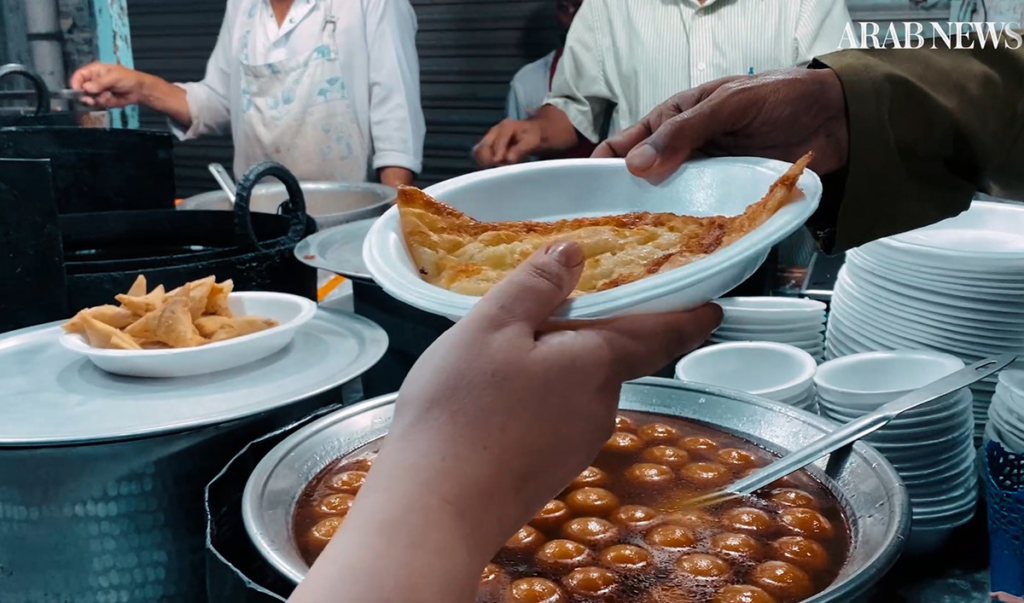
“I don’t see kaleji and these kinds of items in many other communities. But it’s quite common among Bohra communities.”
Sakina Hussain, who belongs to the Bohra community, said that all the items available at the food street were also made by her family and friends at home.
“Even when you eat at our weddings, you will find a touch of home in it,” she continued. “Now, we’ve added Afghani, Turkish, and Italian flavors to Bohra food. We add a Bohra touch and amend these cuisines.”
“People in the Bohra community are known to be foodies, and they keep trying new flavors,” Hussain added. “Bohra alu kachori is a purely Bohra cuisine; you won’t find it anywhere else. You can either get it on order or find it in our homes. Bohra people are often asked to cater and make Bohra dishes for other communities.”
Bohra cuisine is influenced by Gujarati, Arab, and Middle Eastern cooking styles. According to community member Juzer Adam, this journey started from Egypt and spread to India and the rest of the world.
“Our way of cooking is clean,” he said. “The system in the Bohra community is good, and our food is not wasted. Everyone sits and eats together.”
Courtesy: arabnews

